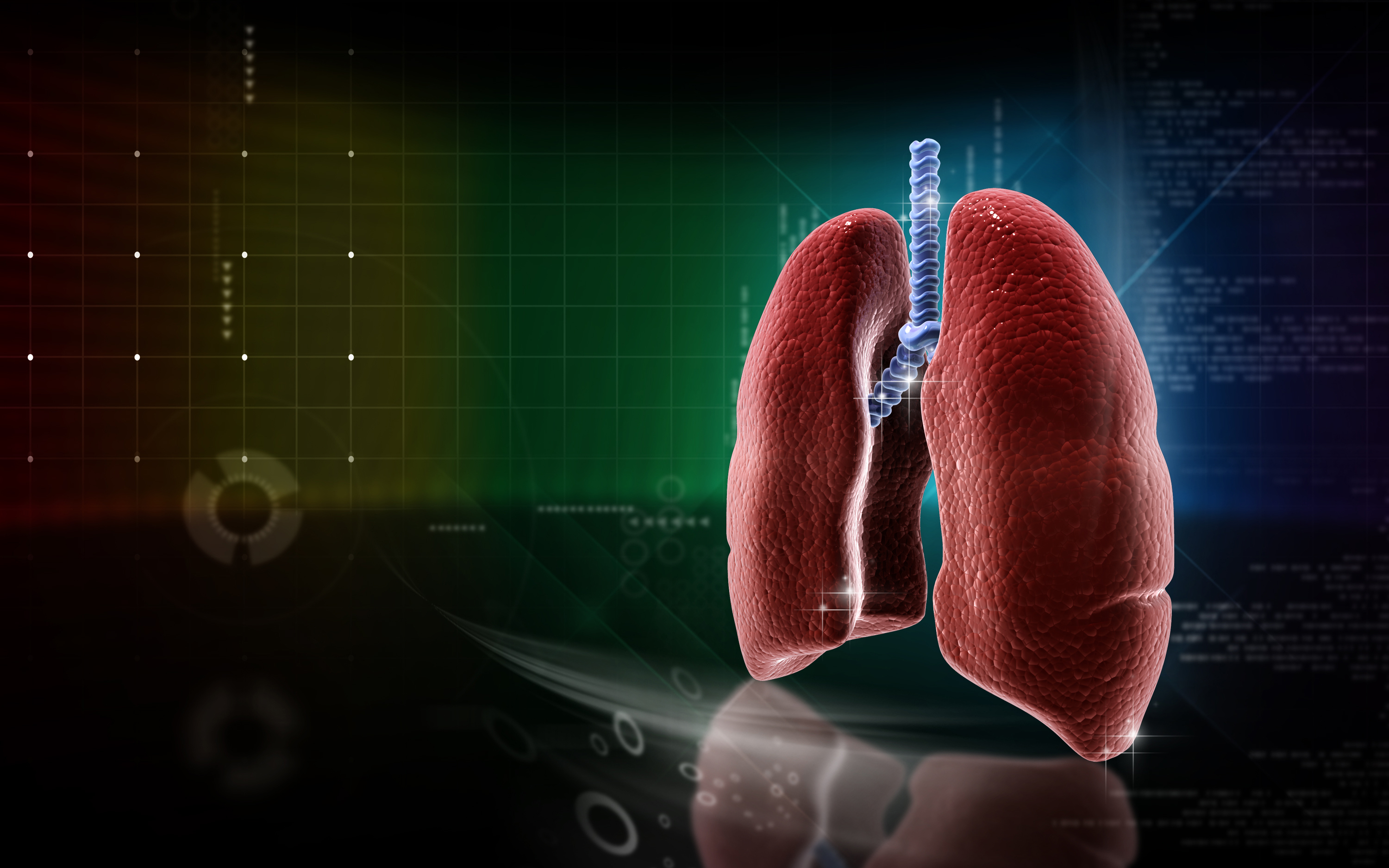Potential Therapy for Severe Lung Disease Advances at aTyr Pharma
Written by |

aTyr Pharma Inc., a biotherapeutics company that discovers and develops medicines through its Physiocrine platform for the treatment of rare diseases, has announced the selection of a new Investigational New Drug (IND) candidate, an iMod.Fc molecule. The selected therapeutic molecule aims to aid in the management of severe fibrotic pulmonary diseases with a known immune component. A third-party manufacturer will be brought on board for the planned GMP (good manufacturing practice) process development.
The iMod.Fc molecule results from the fusion of a Physiocrine domain, with fibrotic and immune system modulatory properties, with an Fc region of a human antibody. Through its Physiocrine platform, the company has discovered hundreds of physiocrines, naturally occurring proteins with key functions in enzymatic regulation and immune modulation, with potential diverse therapeutic applications in severe diseases of muscles, lungs and brain, among other organs. The molecule is aTyr’s second physiocrine-based therapeutic candidate; the first, Resolaris™, is intended as a therapy for rare myophaties with an immune component (“RMICs”) such as facioscapulohumeral muscular dystrophy (FSHD) and limb girdle muscular dystrophy (LGMD).
The selected iMod.Fc molecule has shown promising results in preclinical studies, reducing inflammation and fibrosis in mouse models of lung inflammation and pulmonary fibrosis induced by bleomycin (chemotherapeutic agent), even matching or outperforming approved anti-inflammatory and anti-fibrotic drugs. There is not yet a cure for pulmonary fibrosis, a disease that, according to the American Lung Association, affects 140,000 Americans.
Dr. John Mendlein, CEO and executive chairman of aTyr Pharma, said of the selected compound in a press release, “The molecule developed in our iMod.Fc discovery program represents a major breakthrough as the first engineered Physiocrine with advantageous pharmaceutical properties designed into our therapeutic protein, which opens up new possibilities of reaching a more diverse set of patients with severe lung diseases. This molecule represents a potential new platform within aTyr. Similar to the process of taking receptor domains and fusing them to Fc regions, we may be able to fuse our Physiocrine ligands to the Fc region to enhance their properties.”






